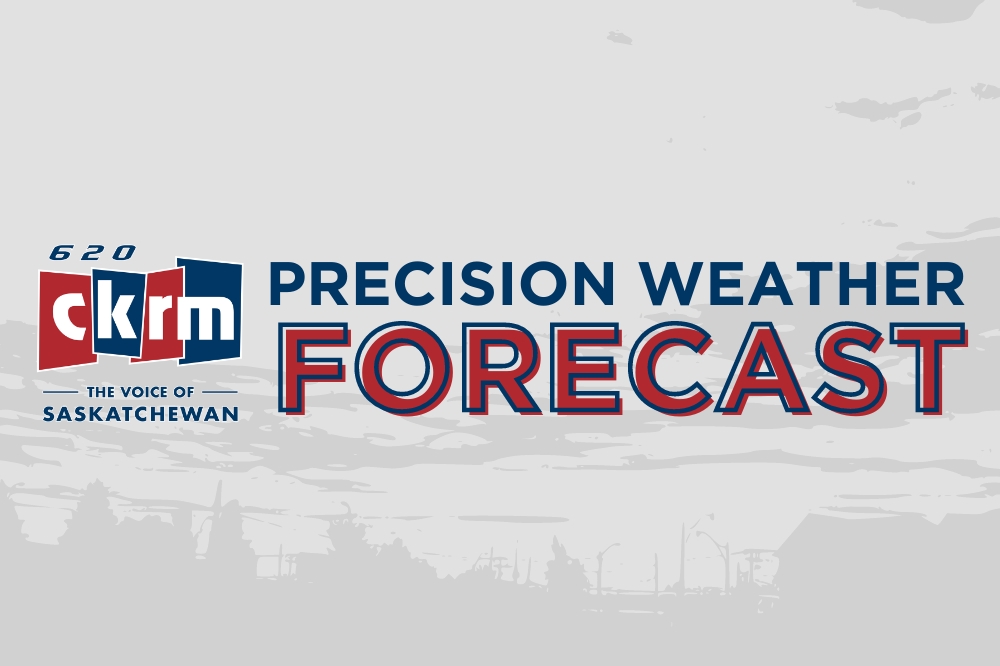The Government of Saskatchewan has announced a $1.58 billion surplus at the year-end of 2022-23.
The province plans to use $1.5 billion of the surplus to pay its provincial operating debt, saving $66 million per year in estimated future interest costs.
Deputy Premier and Finance Minister Donna Harpauer said the province experienced strong revenue from its resource sector.
“I feel very positive for the province; I think reflects how the province’s economy recovered more rapidly from the years of COVID than we had anticipated, and as everyone knows, we’ve got revenue from our resources, mostly Uranium, potash, and oil.”
The province has previously announced that it would put $1 billion towards its debt. Haupauer said that due to the volatility of resource revenue, she felt it was a better investment to pay down the debt than to make investments elsewhere.
“Resource revenues always go up and down, and so we must be very cautious that we don’t bake it into ongoing operating funding when you need those dollars year-over-year,” she explained. “With the excess resource revenue, I have advised that we put it towards debt, and then we have interest savings that we can use for operating in the upcoming years.”
The surplus also represents a $3.05 billion improvement from the prior year’s deficit of $1.47 billion in 2021-22.
Total revenue of $20.59 billion was up $3.44 billion, or 20.0 per cent, from the 2022-23 Budget projection. The increase at year-end compared to the budget was primarily due to increased resource and taxation revenue.
Non-renewable resource revenue was $4.60 billion in 2022-23, an increase of $1.69 billion, or 58.2 per cent, compared to the forecast at budget, fueled by higher potash and oil and gas prices.
Taxation revenue of $9.81 billion in 2022-23 was up $1.72 billion, or 21.2 per cent, from the budget. The increase was primarily due to increased revenue from CIT, PIT and PST due to a strong economy.
Total expense of $19.01 billion in 2022-23 was $1.39 billion, or 7.9 per cent, higher than projected at budget.
The increase was primarily due to higher than forecast agriculture expenses because while crop insurance payouts were significantly lower than the previous year, they were still higher than budgeted, primarily because of drought in the southwest part of the province along with higher premium expenses and higher values of insurable acres.








